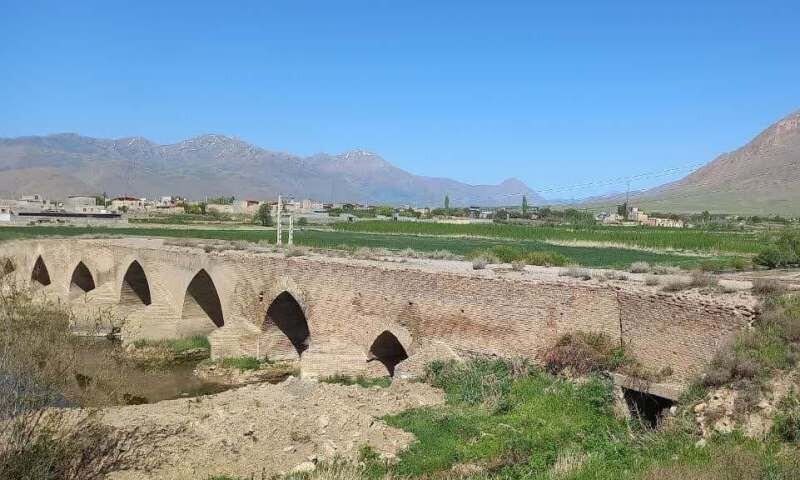19th-century arch bridge undergoes urgent restoration

TEHRAN—A team of restorers has commenced work to strengthen and safeguard a 19th-century arch bridge which is located in Shazand county of Iran’s Markazi province.
Pol-e Do-Ab, an arch bridge registered on the national list for cultural heritage, has undergone urgent restoration with a budget of 3 billion rials (some $60,000), a local official said on Sunday.
The project includes replacement of defective and fallen brick, filling the gaps between the bricks with traditional mortar, strengthening of the stone folds on both sides of the bridge entrances, and restoration of the deck, the official noted.
Qajar-era bridge has an overall length of 130 meters and its width fluctuates between 5.5 and 7.5 meters, and the highest point of the bridge is 5.7 meters above the river bottom, the official explained.
An arch bridge carries loads primarily by compression, which exerts on the foundation both vertical and horizontal forces. Arch foundations must therefore prevent both vertical settling and horizontal sliding. Despite the more complicated foundation design, the structure itself normally requires less material than a beam bridge of the same span.
Arch bridges can be classified into deck arch bridges (featuring arches below the deck) and through arch bridges (those with arches above the deck, generally tied arches).
In all arch bridges, structural difficulty can be found in the minimization of the misalignment of the arch axis and the line of thrust, as well as sufficient bending and buckling resistance. General design recommendations focus principally on the arch-to-span ratio, the arch and deck slenderness, and the number of hangers or piers.
AFM
Leave a Comment